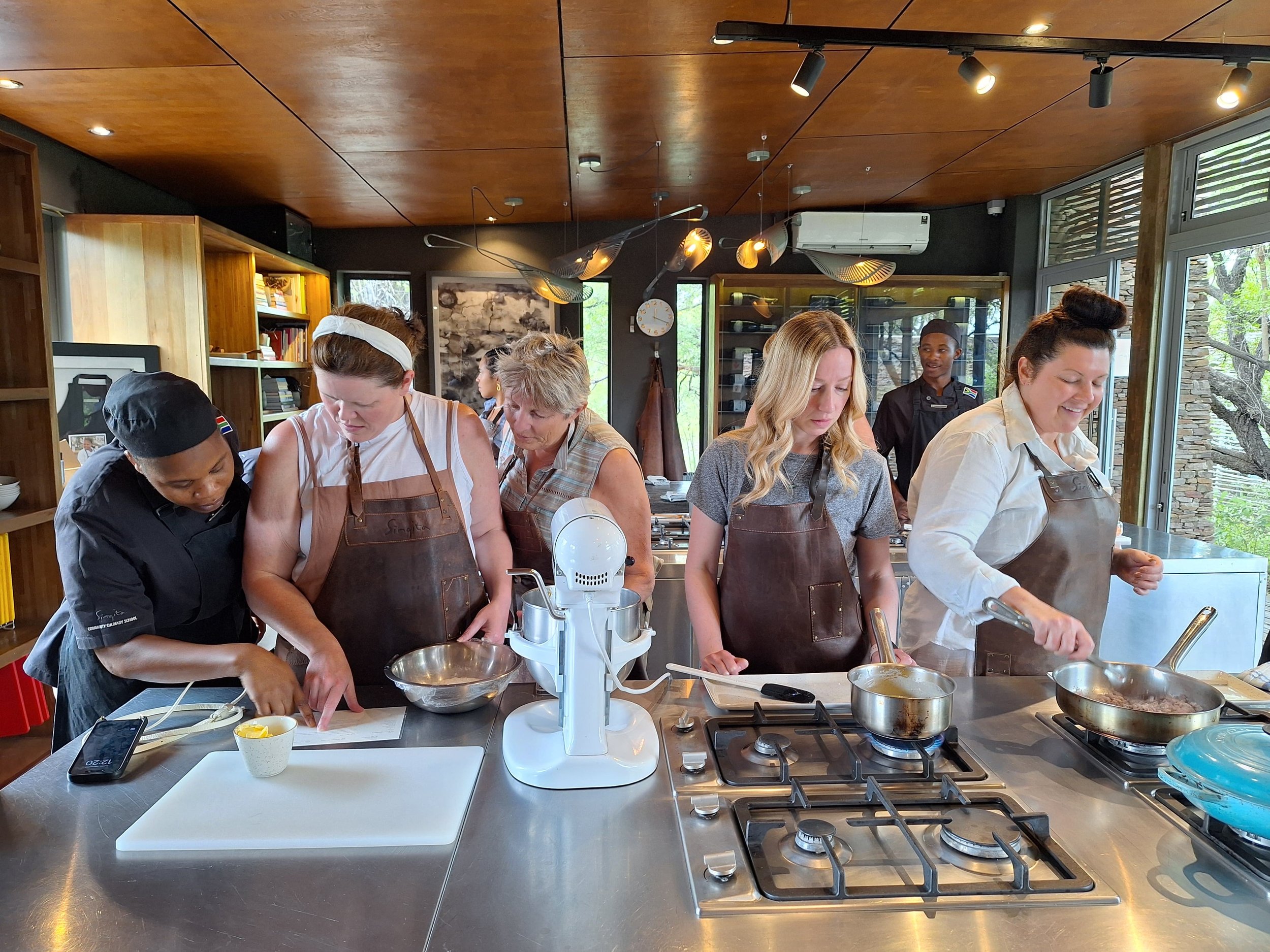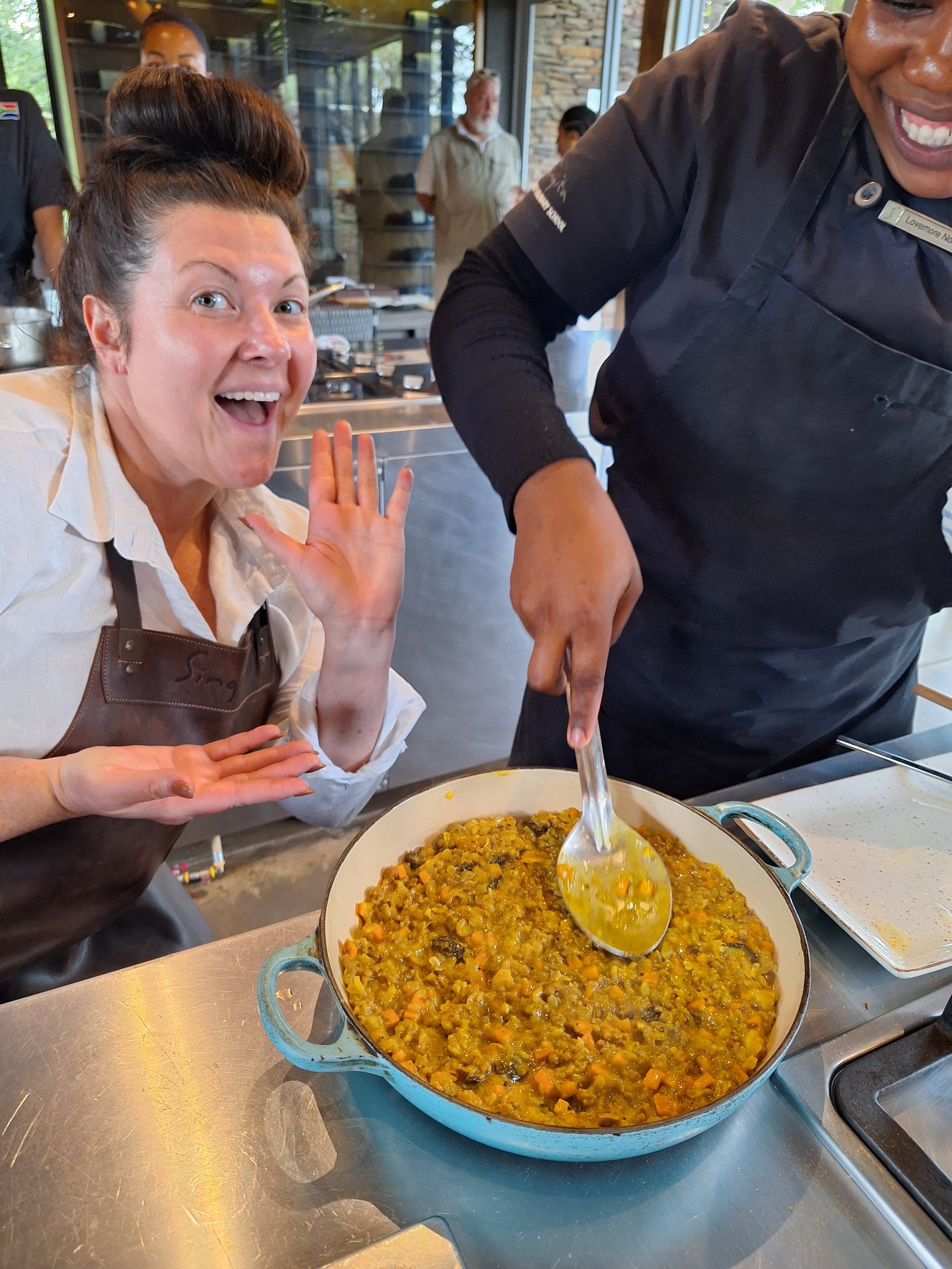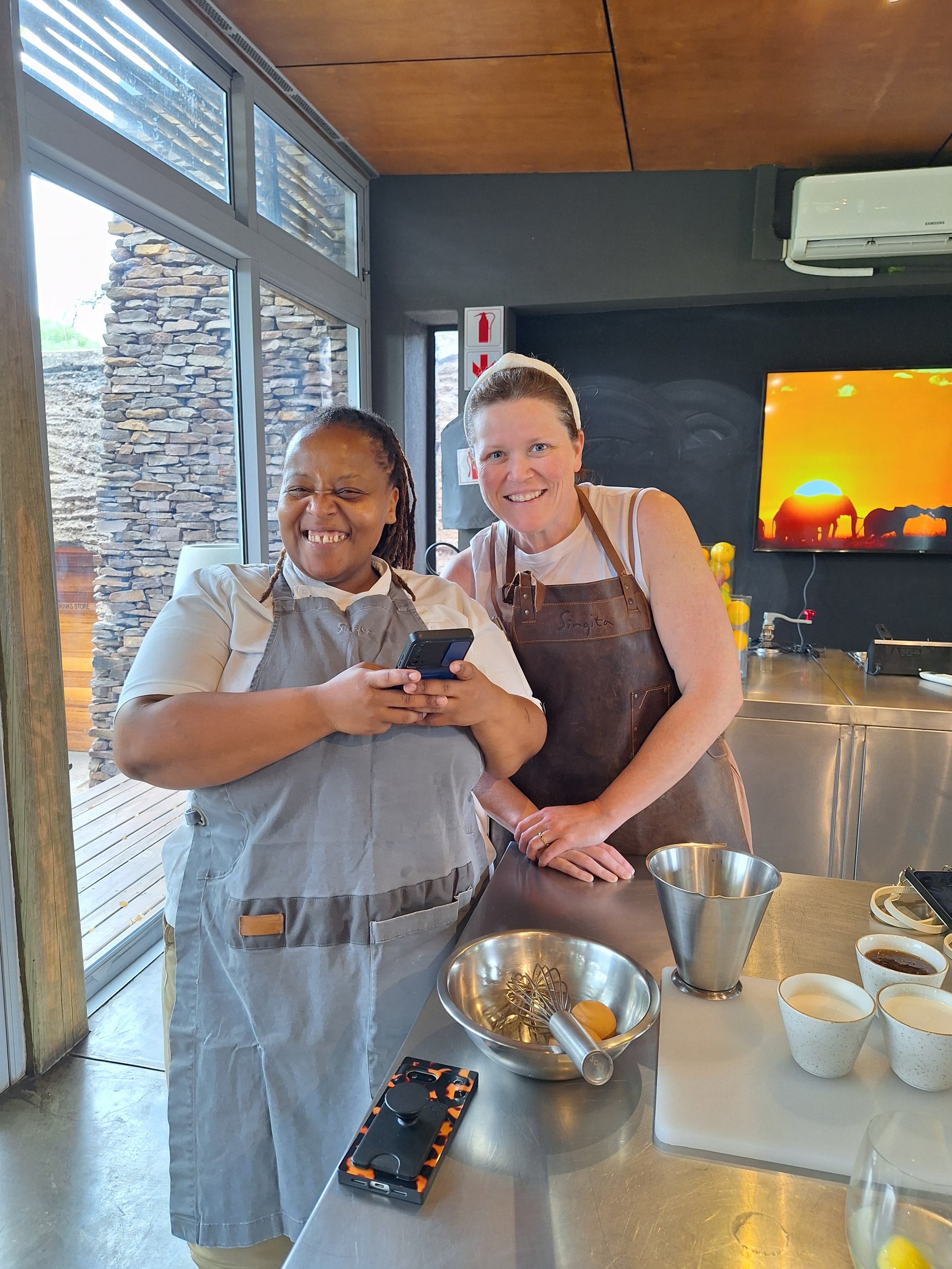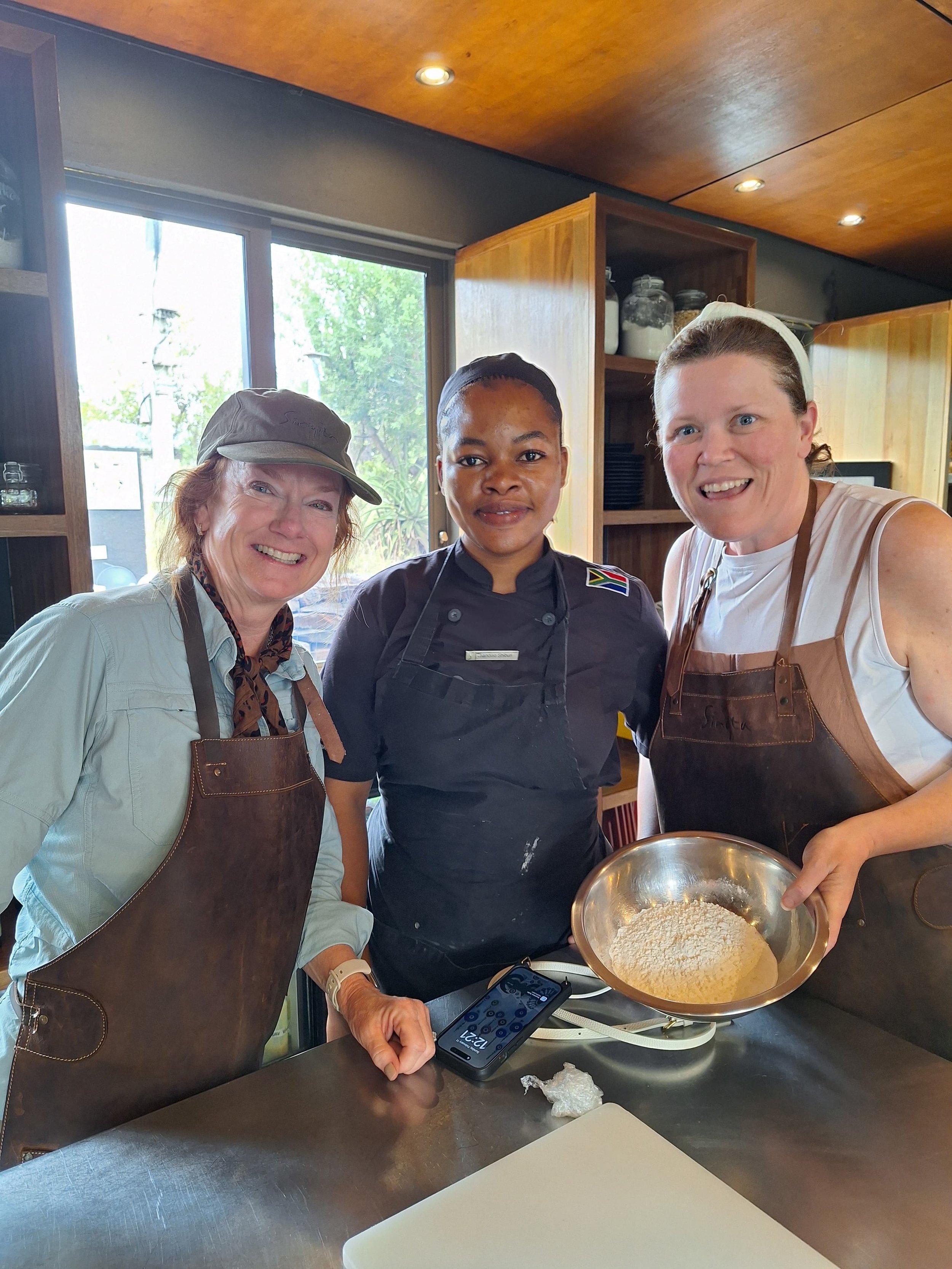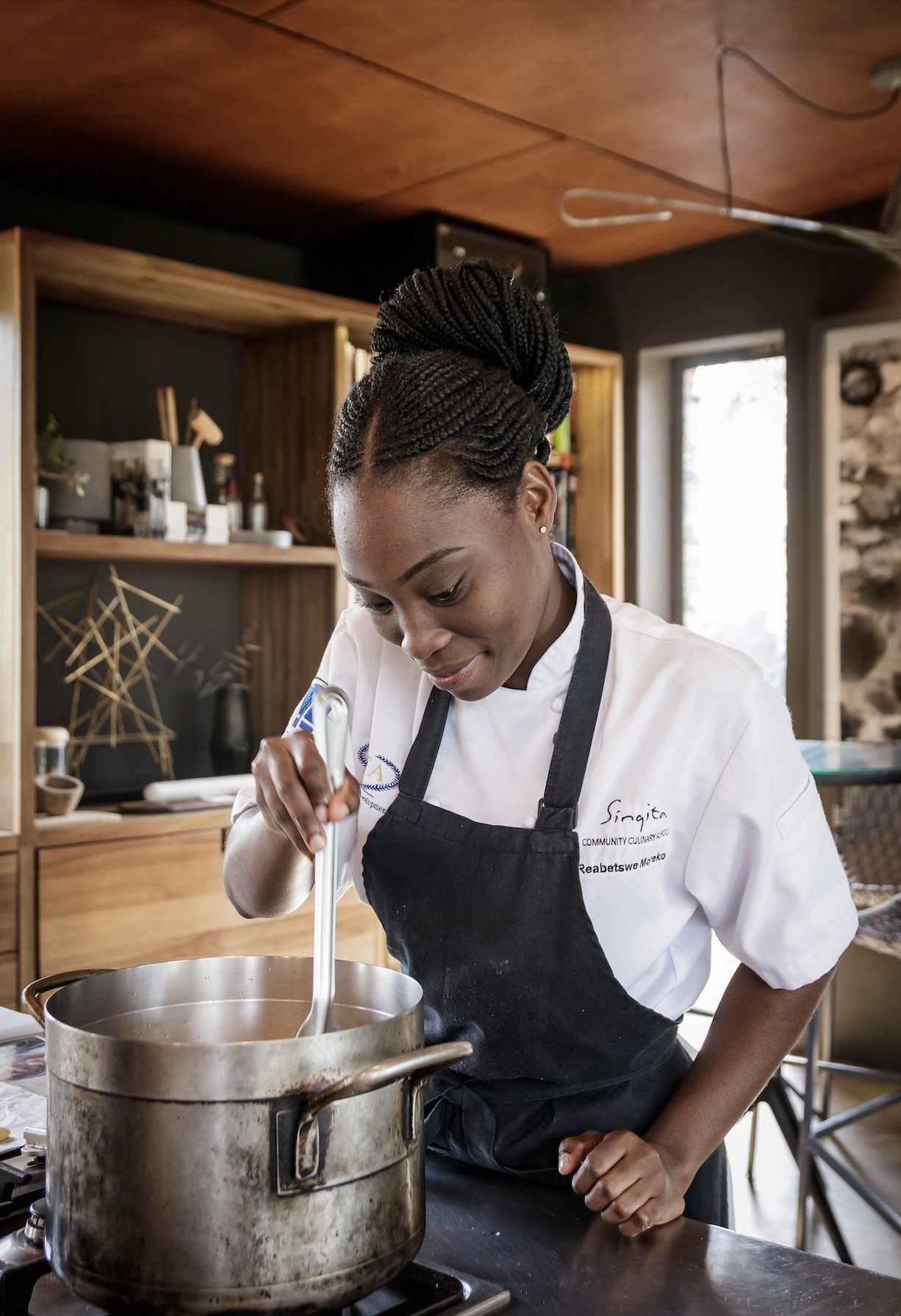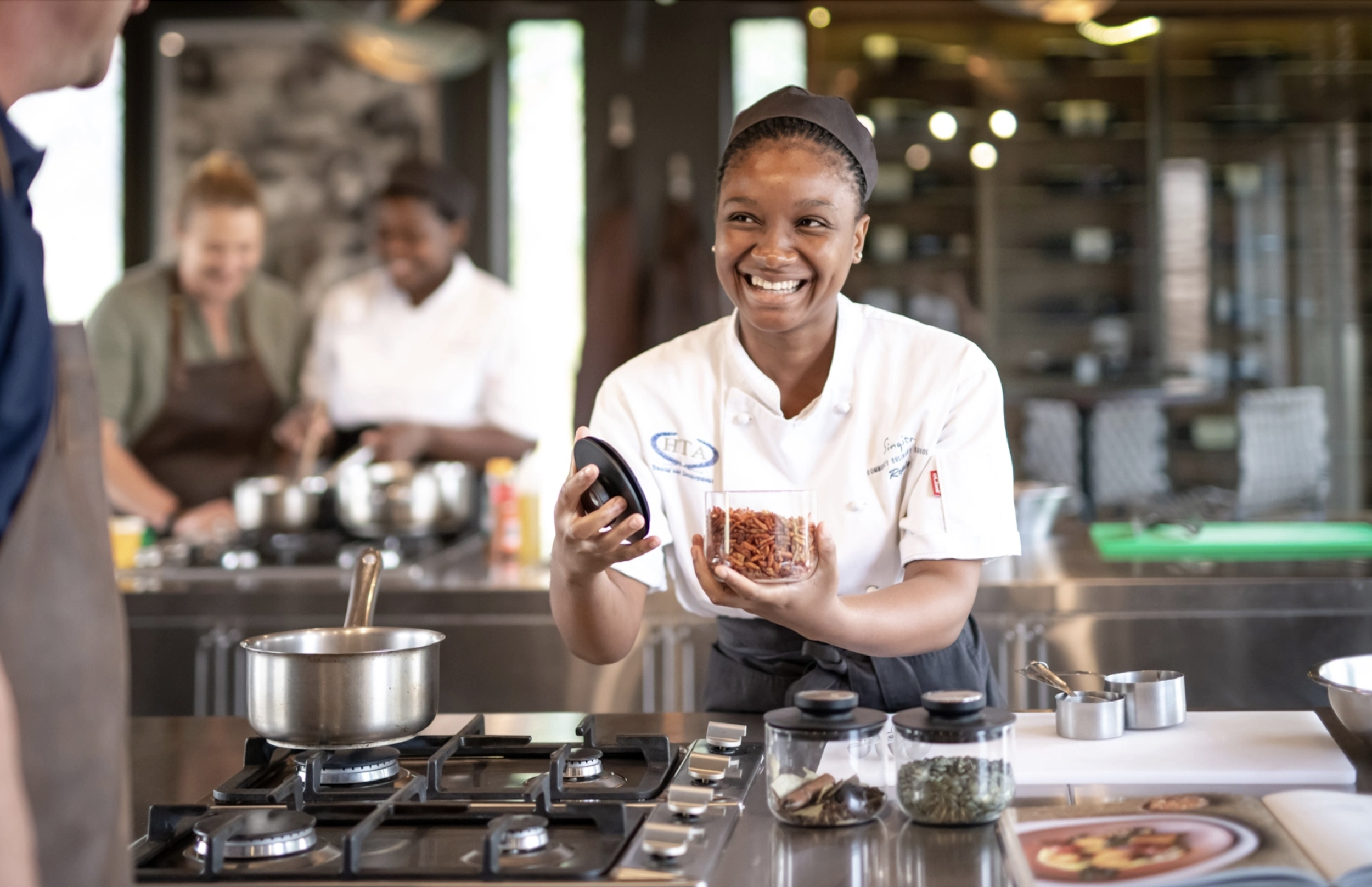Exploring the Rich Flavors of South Africa
South African cuisine is a diverse tapestry of flavors, influenced by the nation's rich history and multicultural heritage. Among the many delightful dishes that grace the tables of South African homes, one stands out for its unique blend of spices and textures – Bobotie.
Origins and Heritage:
Bobotie traces its origins to the Cape Malay community, descendants of Indonesian and Malaysian slaves brought to the Cape of Good Hope by the Dutch East India Company in the 17th century. This dish reflects the fusion of Indonesian, Dutch, and African culinary traditions, creating a distinct and flavorful experience.
Key Ingredients and Notes:
At the heart of Bobotie is ground meat, often lamb or beef, combined with an array of spices. The traditional spice mix typically includes curry powder, turmeric, coriander, and cumin, giving Bobotie its aromatic and complex flavor profile. Dried fruits, such as apricots or raisins, add a hint of sweetness, balancing the spices.
A classic Bobotie is crowned with an egg-based topping. A mixture of beaten eggs and milk is poured over the meat before baking, forming a custard-like layer that adds richness to the dish. Bay leaves are often placed on top for both decoration and an additional layer of fragrance. Bobotie is commonly served with yellow rice, which is rice cooked with turmeric, raisins, and a touch of cinnamon. Chutney and sliced bananas are traditional accompaniments, offering a contrast of flavors that enhances the overall dining experience.
BOBOTIE RECIPE
While staying at Singita Lebombo Lodge in the Kruger National Park we had the honor to participate in a cooking class, hosted by students of Singita’s Community Culinary School. This experience offered a wonderful opportunity to be acquainted with the vibrant, nostalgic flavors of South Africa – and to the bonus was that we could take that knowledge and make the dishes for our families back at home in the U.S.
Since 2007, the Singita Community Culinary School has provided rigorous professional culinary training to young members of nearby communities. The school is a remarkable success story, with over 95% of students employed full-time upon graduation – in Singita’s kitchens and elsewhere in South Africa’s hospitality industry.
Be part of training tomorrow’s chefs
Learn more about the Singita Community Culinary School, and how you can help support an aspiring chef’s dreams HERE >




